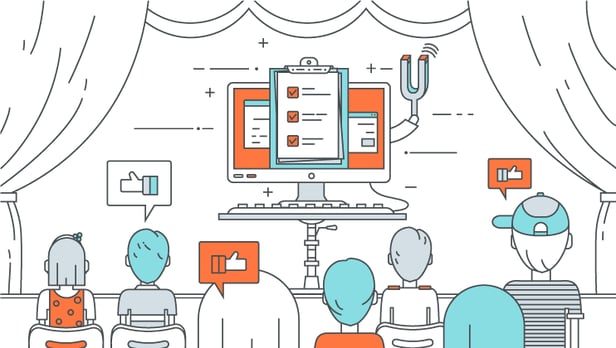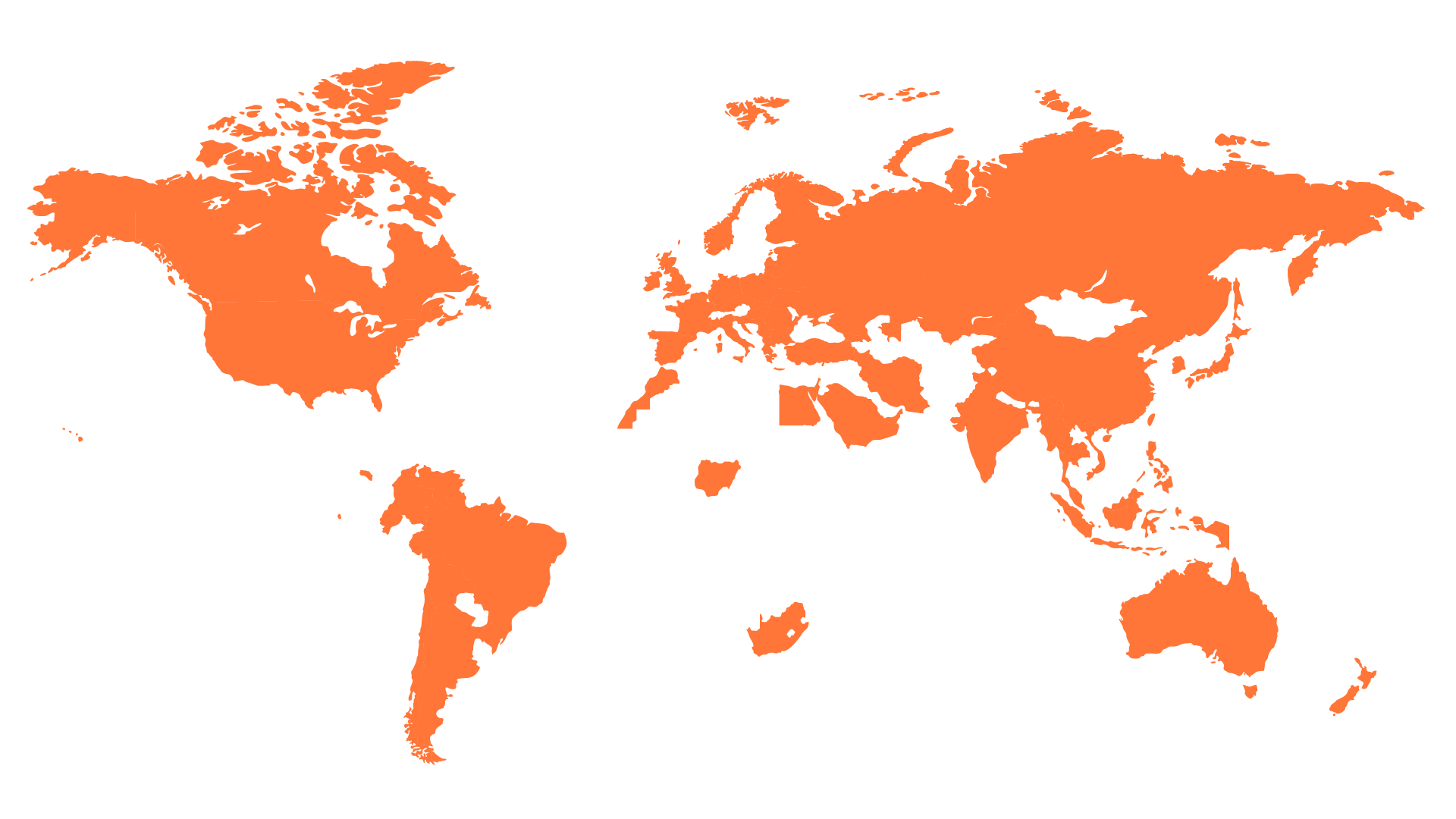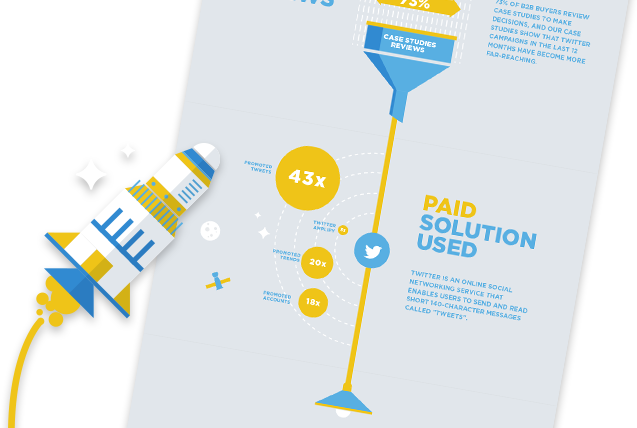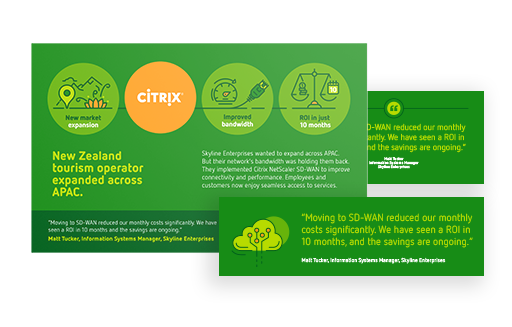
Planning your Customer Advisory Board can be very complex and time-consuming. There are many factors to consider, many details to plan, and conversations to have.
If you are in the initial design stage, or if you want to redefine your CAB, let’s look at 6 questions that would guide your process:
1. How many customers?
Defining the size of your CAB will guide all the activities you will plan after. Our recommendation is to keep it within a range of 5-15 customers per area of relevance (industry, product, and country mix).
2. Virtual, in-person, or mixed?
Our recommendation is a mixed plan, with pre-event and community (on-going) activities happening online, but at least once a year an in-person event.
If too many products need to be covered, might be a good idea to divide the complexity and hold 2 events per year. Be careful not to create competition for the same customer to be invited to participate in activities of different stakeholders happening simultaneously!
3. Customer specialization? ITDM, BDM, IT pro, mixed?
Your CAB will validate assumptions, and value propositions and will get you closer to your Advocates. Whomever you have a strong value proposition to be validated should be involved.
4. Are channels and partners welcome?
It’s not a Partner Advisory Board, but they can represent the customers they serve, making their opinion relevant to the CAB. However, they should also listen to customer feedback if they are Service Partners (implementation or support).
5. Meeting frequency?
Once or twice a year in-person and monthly online activities to keep the community sharing relevant information for the involved stakeholders.
6. One-time event or community?
We recommend approaching a CAB as a community of users and business decision-makers to ensure that marketers and engineers aren’t far away from the customers for too long and have the chance to run important decisions and prioritizations by real customers. Another good reason is that a CAB comes filled with advocacy nurturing activities that will strengthen the relationship with key customers, raising the chances of future renewals and higher loyalty.







